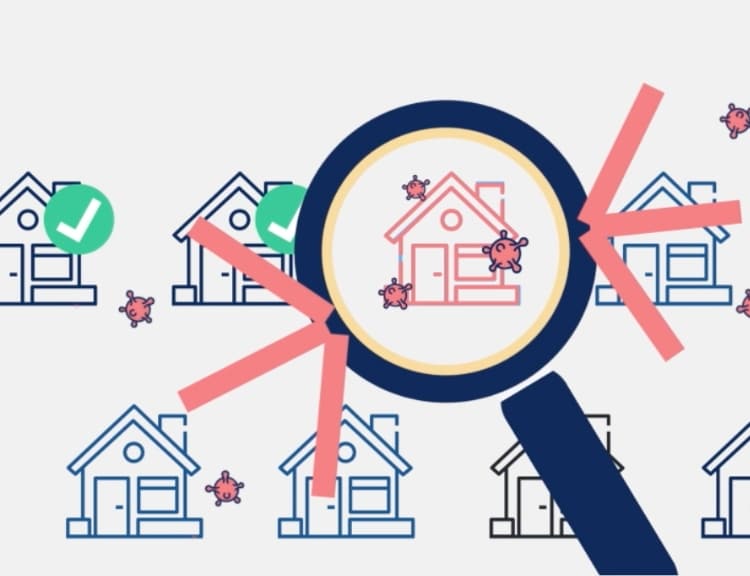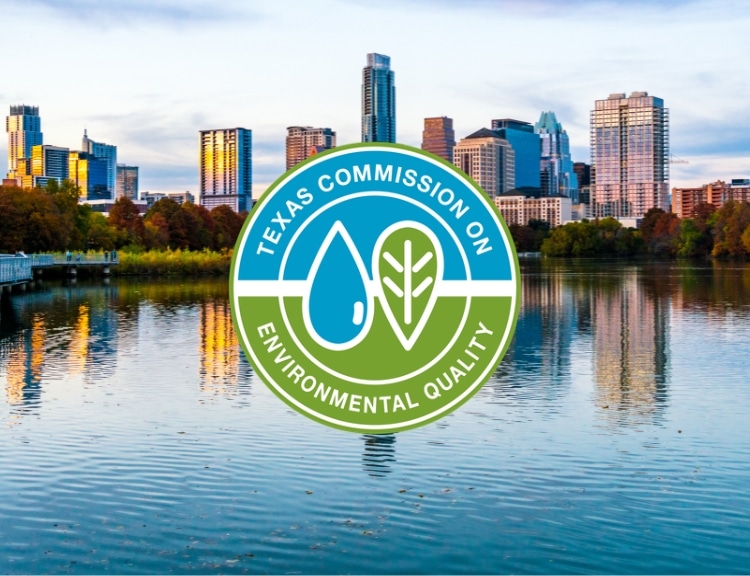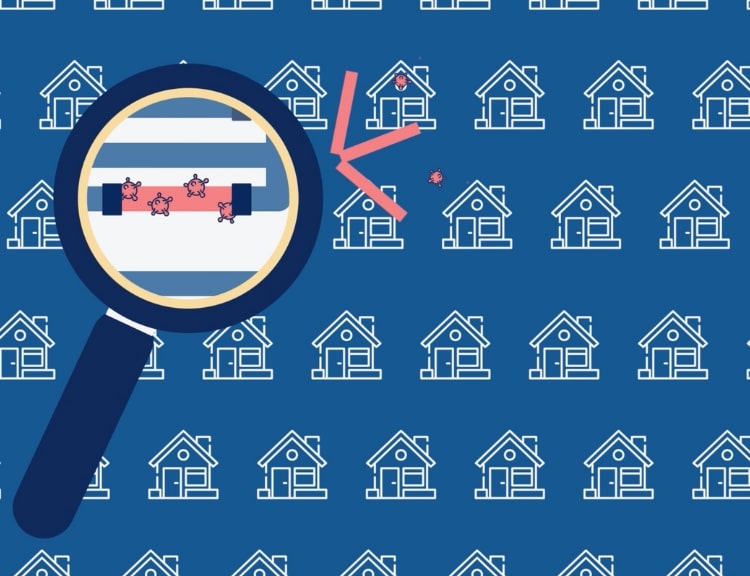🚨Calling all water systems with no lead / low anticipated lead in their LSLI 🚨
Did you know that the primary value of statistical methods & predictive modeling comes after the initial inventory is created? This is especially true if you believe you have no lead in your system (or have minimal lead) but don’t have records to verify every service line’s material. Here’s how that breaks down:
You’ve still got unknowns in your inventory
Without verifiable records for every service line, you don’t know the true scope of lead in your system. In the upcoming LCRI (Lead and Copper Rule Improvements), unknowns are treated as ‘assumed lead’ for the purposes of replacement rates and other compliance requirements…even if you have no known lead in your system! So if you leave 20% of your service lines as “unknown” material, for example, you’re on the hook for annual verification or replacements as though your system has 20% lead (in addition to other compliance requirements such as tap sampling, customer notifications, etc).
You need to reclassify your ‘unknowns’ as ‘non-lead’
How do you convince your state regulator that there isn’t lead (or is minimal lead) in your water system? There are, broadly, two ways to do this for LCR/LCRI compliance: Visually inspect every single line, or use predictive modeling or statistical analysis to show, statistically, the lack of lead in your system. While the guidance varies state by state, many states allow the use of statistical methods to reclassify inventory unknowns as non-lead,* including South Carolina, California, Colorado, Kentucky, Florida, and more. Having an external, expert validator and validation method carries a lot of weight with those state regulators and reduces the internal burden on your team.
You need to make a plan for next steps that’s efficient, effective, and defensible to your community
Under the upcoming Lead and Copper Rule Improvement (LCRI), as long as you have unknowns, you will be required to create a publicly available replacement plan that includes, among other things, your approach to unknown management and a plan for replacement prioritization. If you don’t use predictive modeling or statistical analysis as your approach to unknown management, you’ll need to do visual inspections at every service line with unknown materials. Spoiler alert — this is going to be incredibly time and resource intensive. Additionally, you’ll be required to notify every customer with an unknown line that their service may be lead, which can be really scary and decrease customer trust, especially if you don’t have a clear, defensible plan of action to show them how you intend to follow up.
Statistical methods and predictive modeling are valuable because they can help classify unknown service line materials in your system, decrease your LCR/LCRI compliance requirements and cost, and increase community trust. Many states accept statistical methods and predictive modeling as a method to show the lack of lead in your system.
Ready to start proving the lack of lead in your system? BlueConduit can help! Our solution, supported by a team of expert data scientists, can help you:
- Predict lead likelihood for all SLs with unknown materials,
- Create and support state regulator approval of a statistical analysis plan,
- Prioritize visual inspections to show, with the highest possible confidence, the lack of lead in your system, and
- Stay ahead of additional compliance requirements
Reach out today to learn more!





